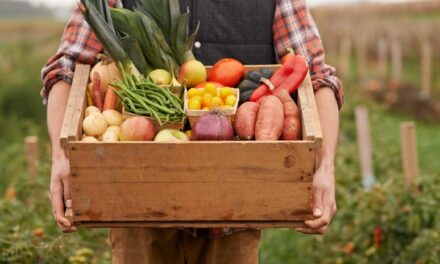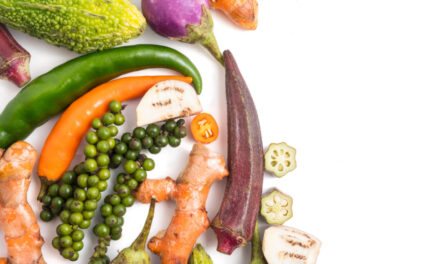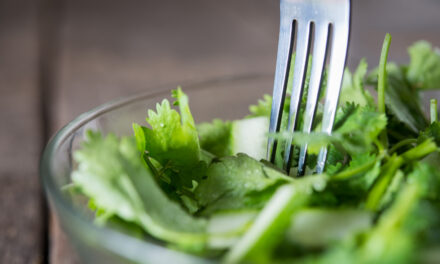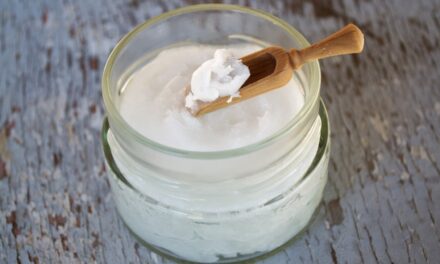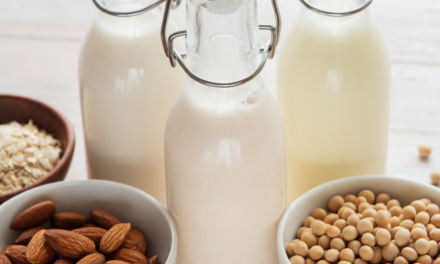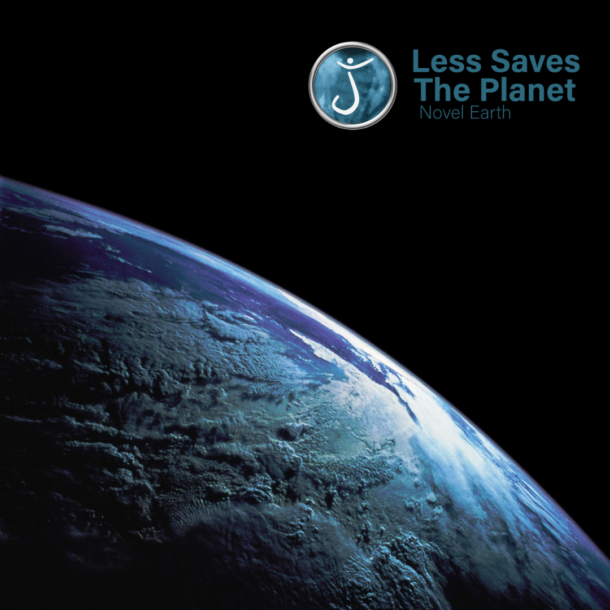
Foods to fill up on copper
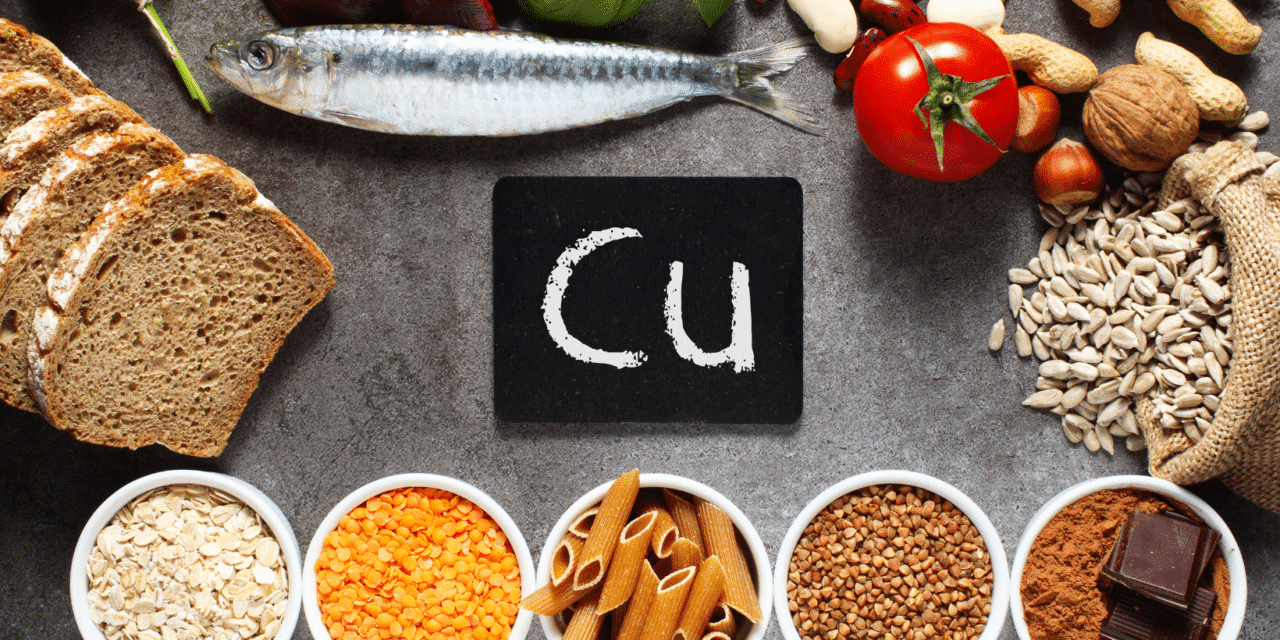
Copper, the symbol Cu in chemist Dmitri Mendeleev’s periodic table of elements, is a trace element that occurs naturally in nature and in our diet, and although it is present in small quantities in the body, it performs many functions in the body. But what is copper actually used for? What role does it play in our body, what are the risks in case of deficiency or excess? Where can I find it? This article will give you all the answers to your questions and more!
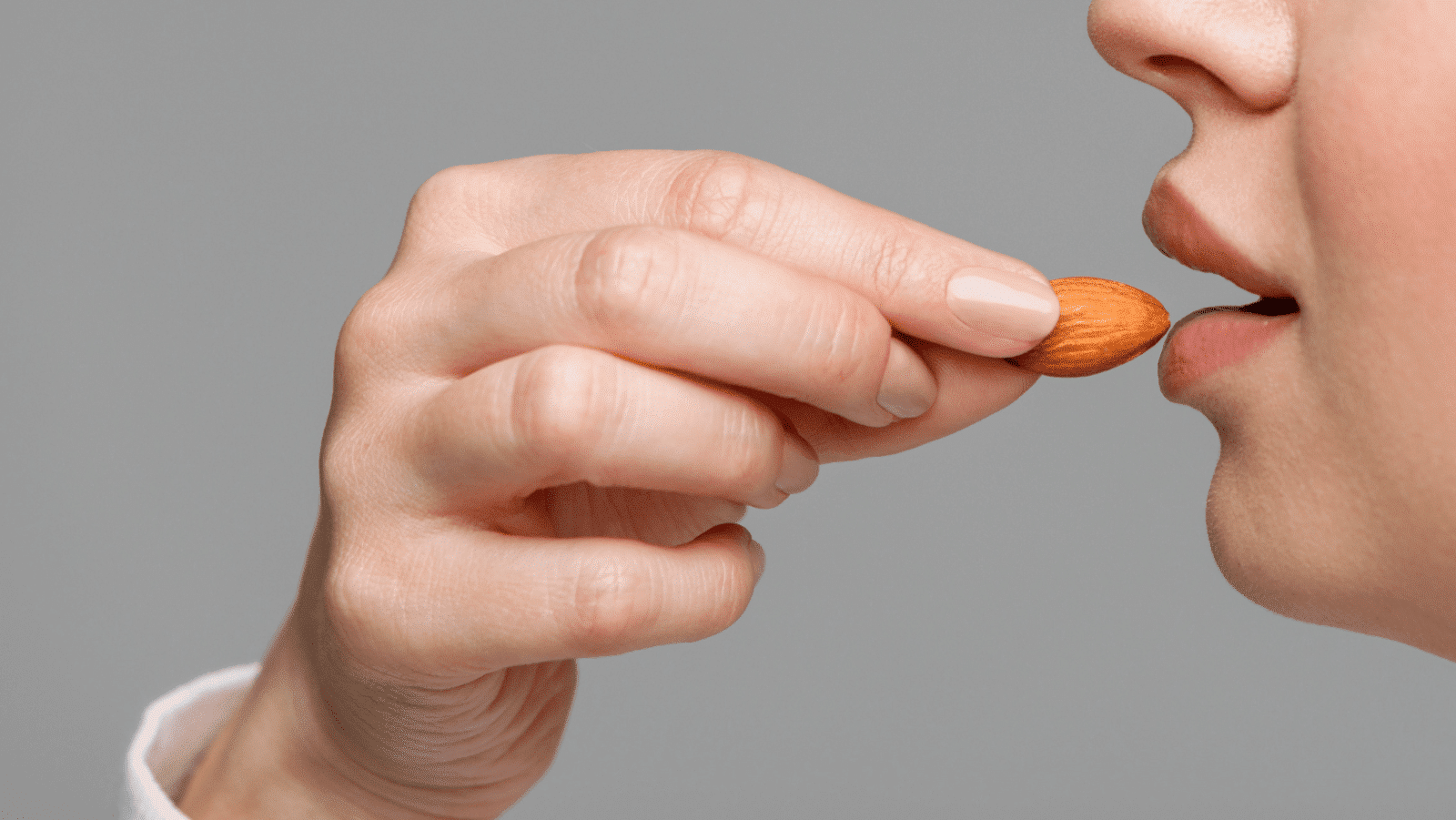
Foods with plenty of copper for the body
Kidney beans
Has a source of iron (cognitive function, red blood cells, immune system, energy, fatigue reduction), also has a source of phosphorus (energy, healthy bones and teeth, cell membranes) and a source of fiber (regulation of intestinal transport, satiety, intestinal bacterial plexus)
Lentils
Lentils are rich in fiber, which promotes transit and reduces the risk of colon cancer. They also reduce sugar and cholesterol intake. Finally, they stimulate satiety, leaving you feeling hungry until the next meal.
Chickpeas
Chickpeas are rich in insoluble dietary fiber. Chickpeas facilitate intestinal transit. They also facilitate the absorption of nutrients by the body and help fight the development of colon cancer.
White mushrooms
White mushrooms are an excellent source of vitamin D. Vitamin D contributes significantly to bone and tooth health by making calcium and phosphorus available in the blood, particularly for the growth of bone structures.
Almonds
Almonds are rich in nutrients such as: Fat, Omega 9, Fiber, Protein, Potassium, Carbohydrates, Calcium. Daily consumption reduces the risk of disease and strengthens the immune system.
Cashew nuts
Rich in magnesium and vitamins, cashew nuts prevent fatigue. It combats stress, lowers blood pressure and helps you fall asleep. Rich in minerals, including iron, this fruit helps fight anemia.
Muesli
Dried fruit and oilseeds added to oatmeal also provide vitamins, minerals and essential fatty acids. Packing: Muesli has a satiety and appetite-suppressant effect and is rich in fiber, which gives energy and improves bowel movements.
Wholemeal bread
Richer in fiber and nutrients than white bread, whole grain bread is easier to digest and transport. Contains 2 to 3 times more minerals, trace elements and vitamins than white bread.
Chestnut
A source of minerals (iron, phosphorus, copper, etc.) and vitamins B and C, chestnuts are particularly “tolerant”. H. Slowly and incompletely digested starch: It fills the stomach without increasing glycaemia (the glycaemic index is 65, compared to 85-90 for most starchy foods).
Coconut
Containing iron, magnesium and potassium, this fruit is very rich in fiber, which prevents constipation and provides ideal satiety on an empty stomach. Its high saturated fat content is compensated by its high concentration of lauric acid.
Avocado
Avocados contain carotenoids which act as antioxidants. As a result, it can help reduce cholesterol levels, prevent cardiovascular disease and cancer and protect your eyes. It also helps to absorb carotenoids from other foods you mix it with!
Kale
Kale is rich in vitamin C, vitamin E and provitamin A, which are valuable antioxidants that protect the body from external influences. Rich in iron, calcium and potassium, it contributes to the proper functioning of the body.

The beneficial effects of copper on the body
There is about 100 mg of copper in the body. It is absorbed in the first part of the small intestine (duodenum and jejunum), transported to the liver and about half is stored in the skeleton, muscles, liver and central nervous system.
Copper is involved in many chemical reactions in our body. It is incorporated into many metalloenzymes (such as cytochrome oxidase). The role of enzymes is to catalyze or accelerate chemical reactions. The main positive effects of copper in the body are :
- Essential for the normal functioning of the immune system
- Involved in the normal transport of iron in the body by promoting the absorption of iron
- Helps protect cells from oxidative stress (by neutralizing free radicals)
- Plays a role in the maintenance of normal connective tissue by being involved in the synthesis of collagen and elastin proteins
- Interferes with normal energy metabolism by interfering with carbohydrate and fat metabolism
- Contributes to normal skin and hair pigmentation by participating in the protein synthesis of melanin
- Important for the normal functioning of the nervous system by promoting good neurotransmission between nerve cells
To find all our news, find us on Instagram and on our Twitter account.
We publish daily on our social networks so that you can be up to date every day. You can also share our content on your own networks from the options at the bottom of the page!
See the article on ANTS, NATURAL PESTICIDES
The preservation of clean water and access to it for all is at the heart of Less Saves The Planet’s commitments. You can now read Chapter 4 SAVING WATER AND THE EARTH from our book Less Saves The Planet available for free. The entire book is also available on our website.
See you soon for our next article!


